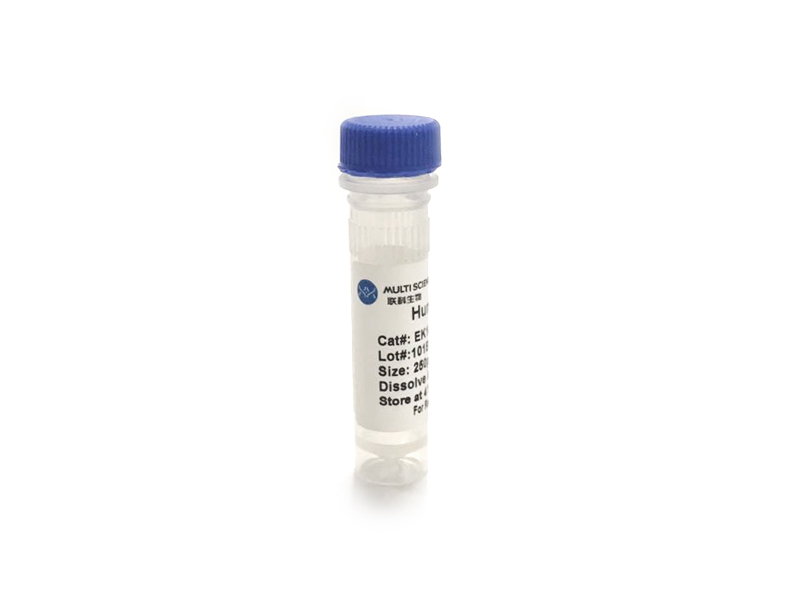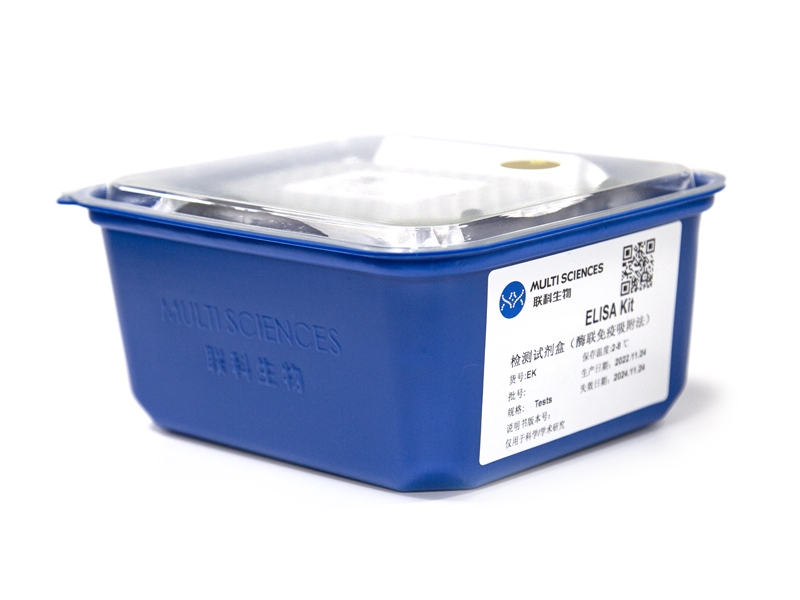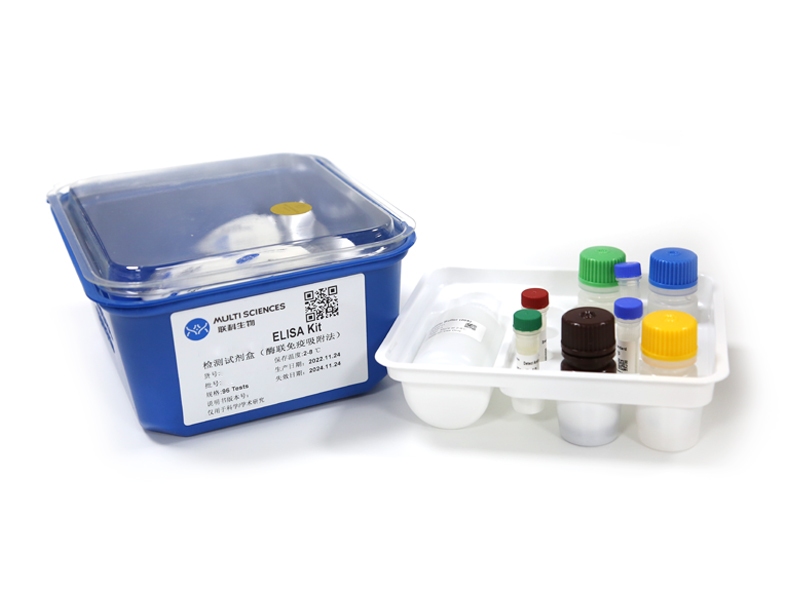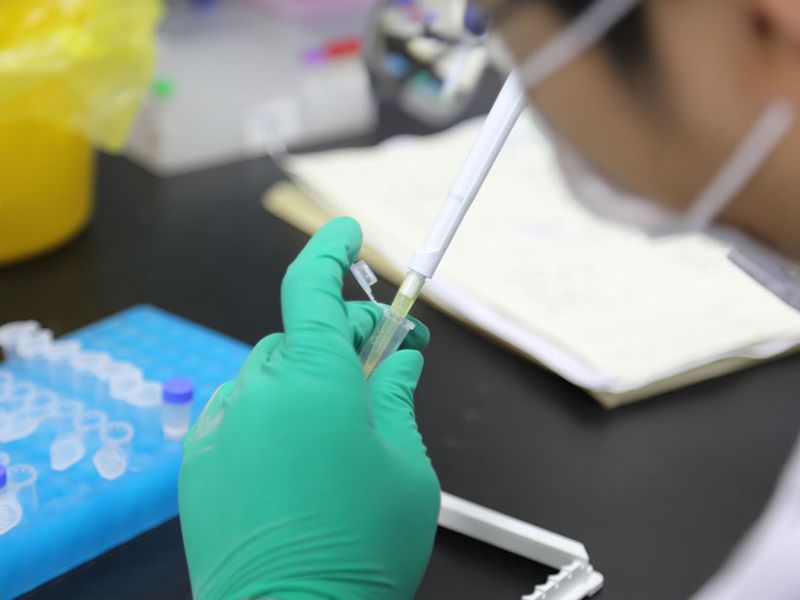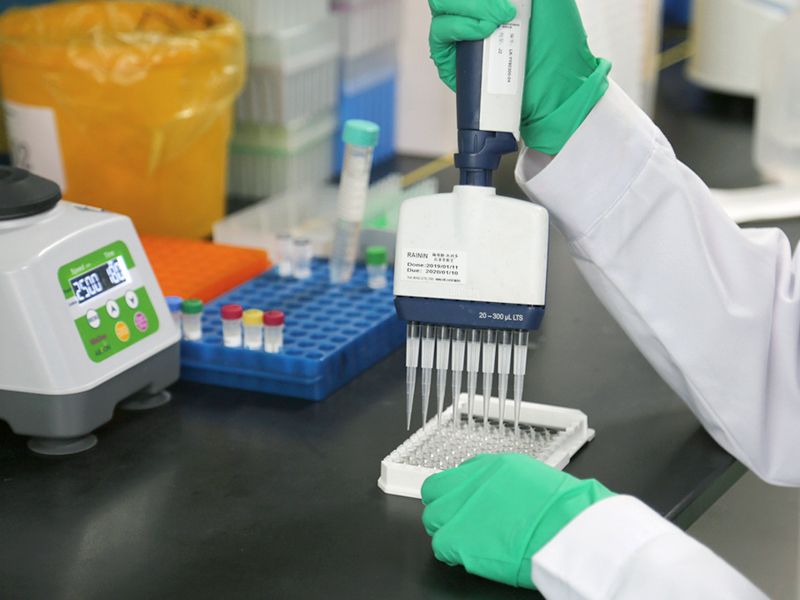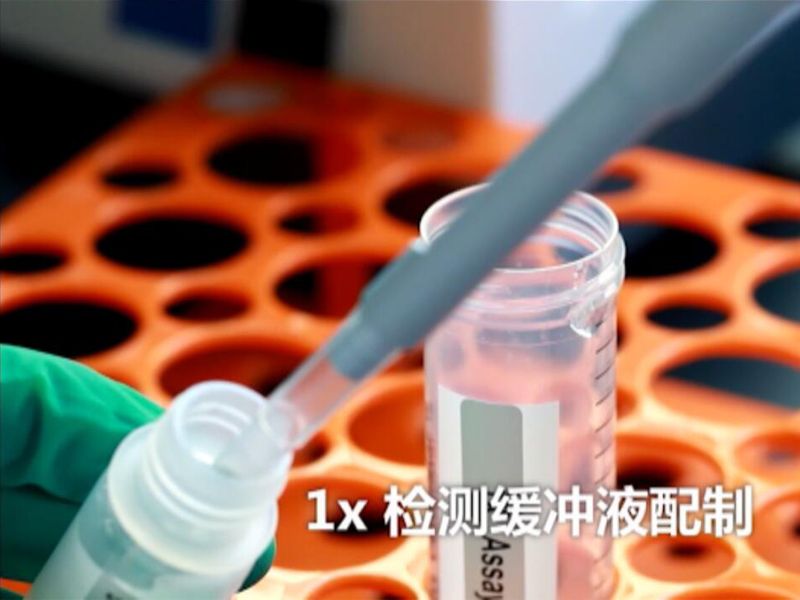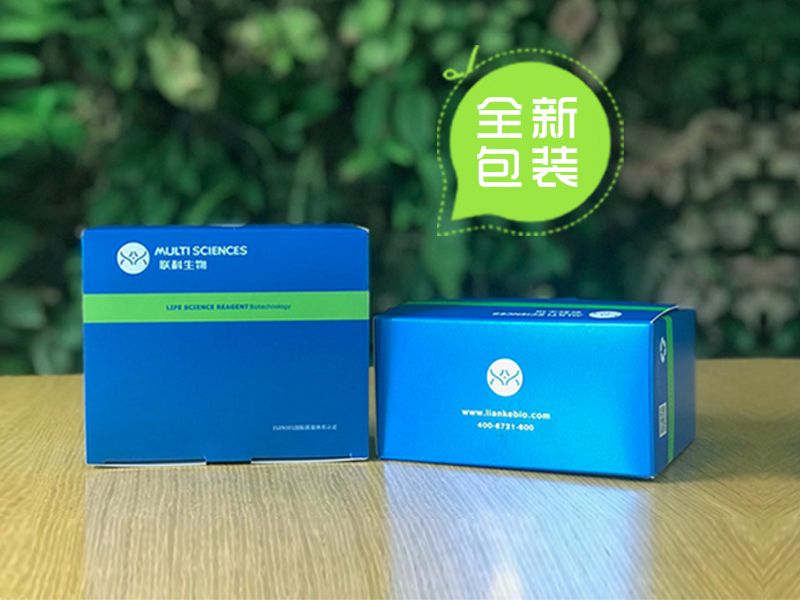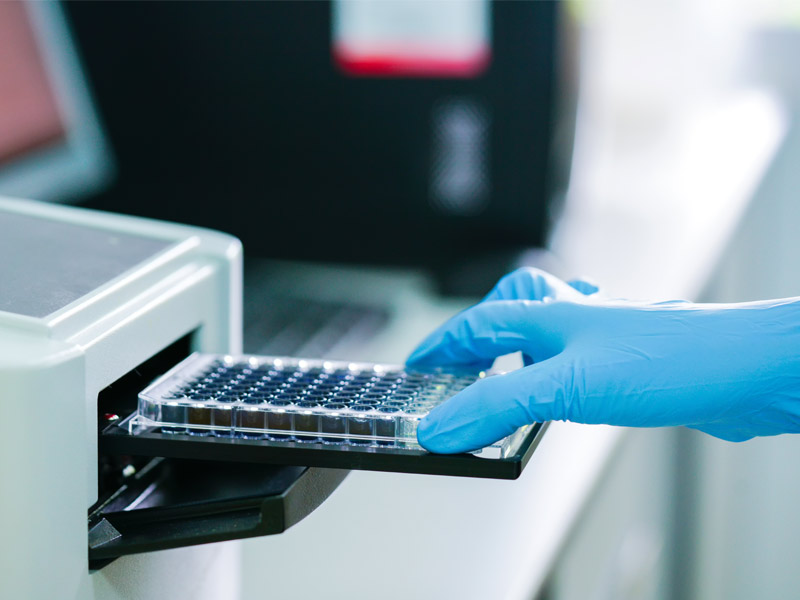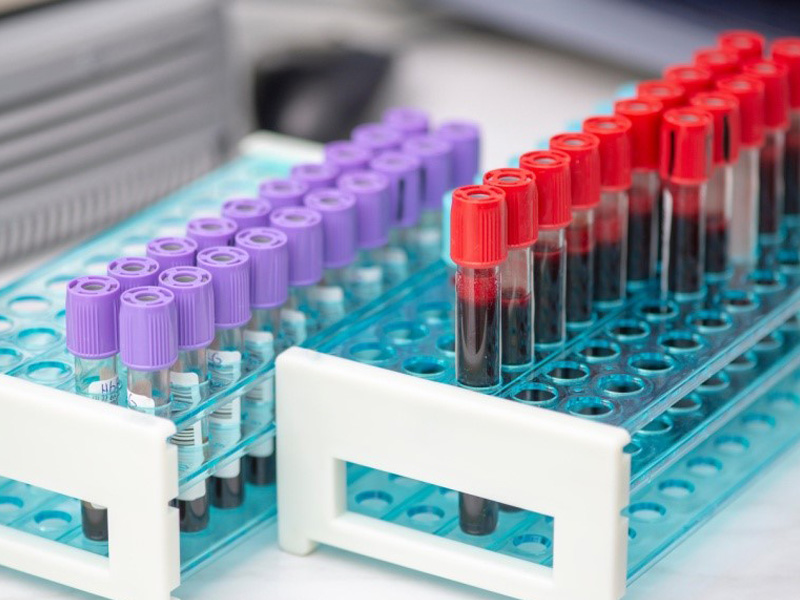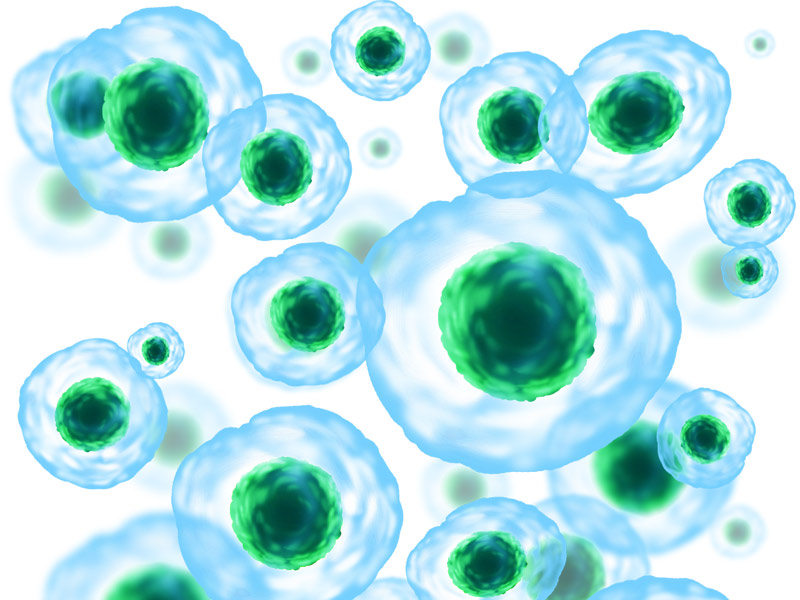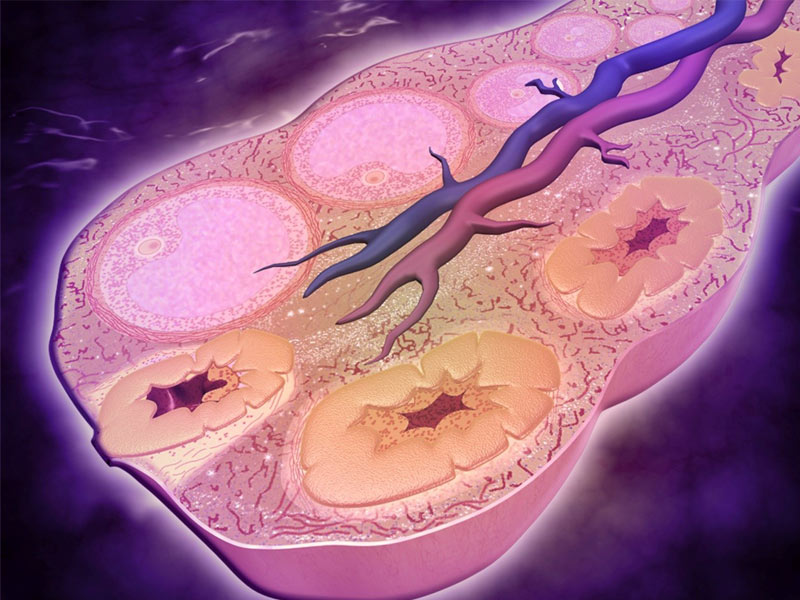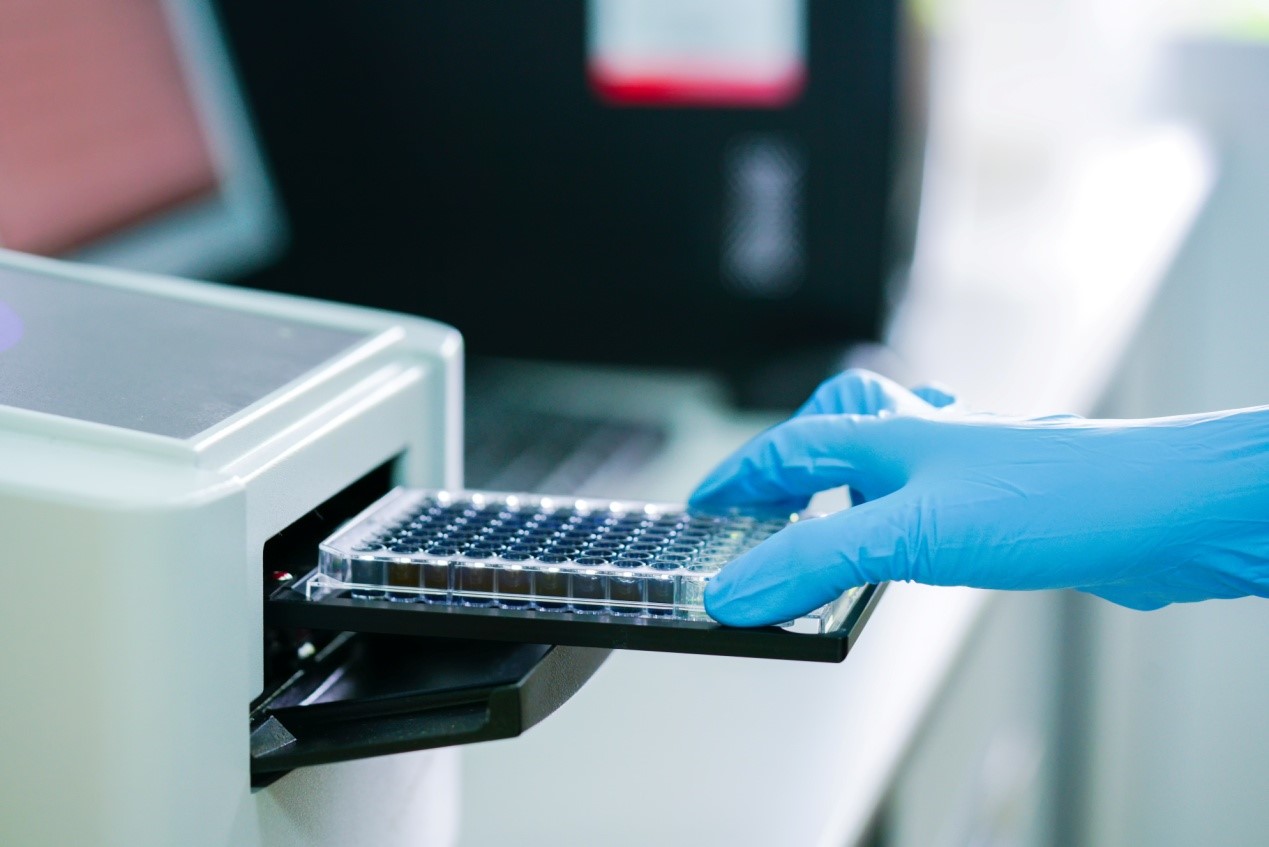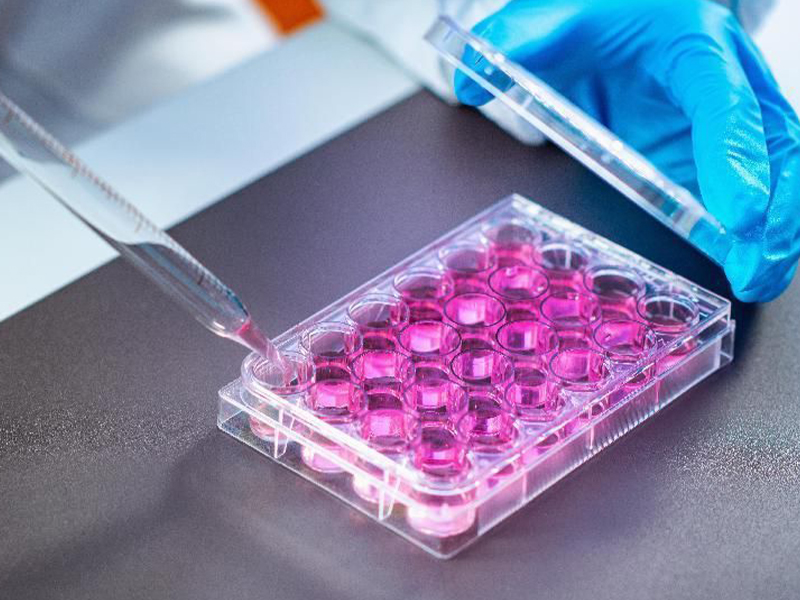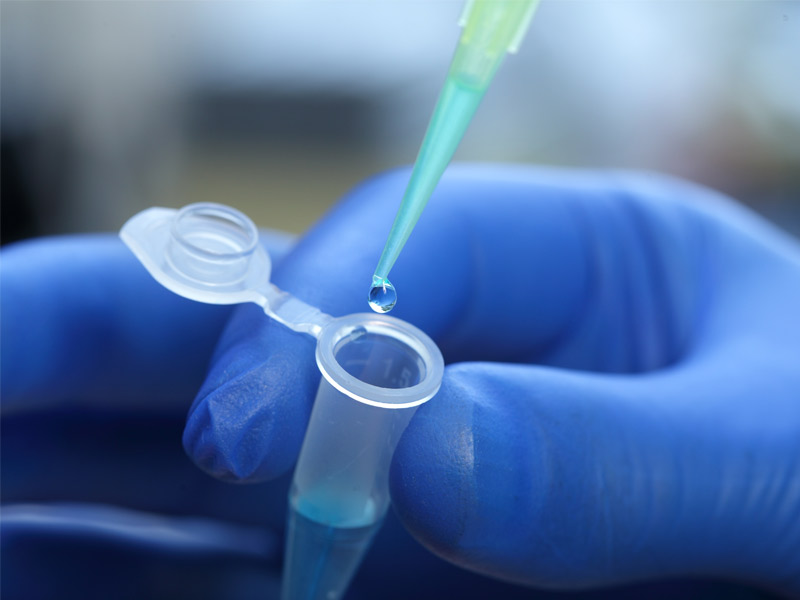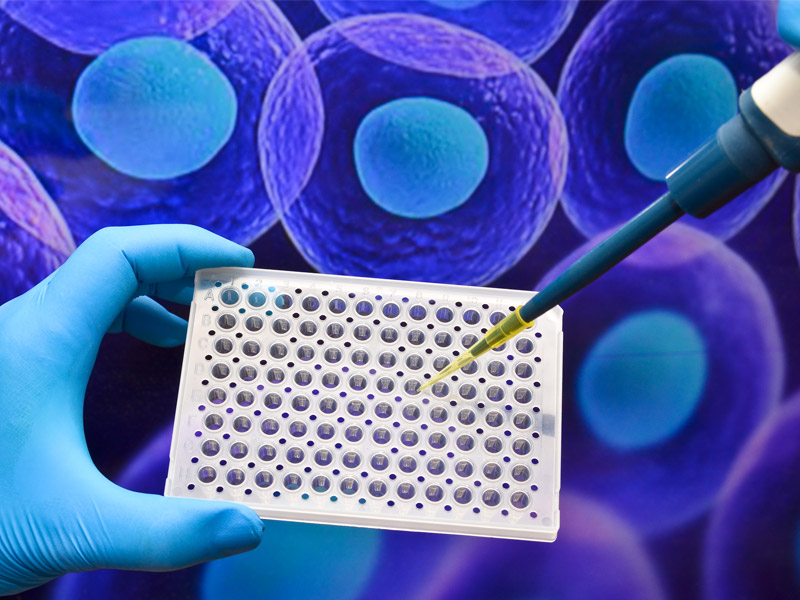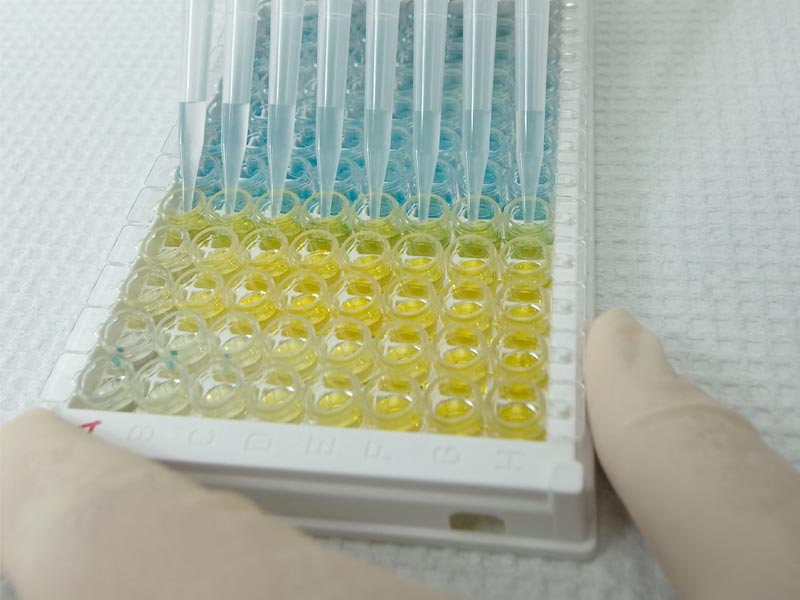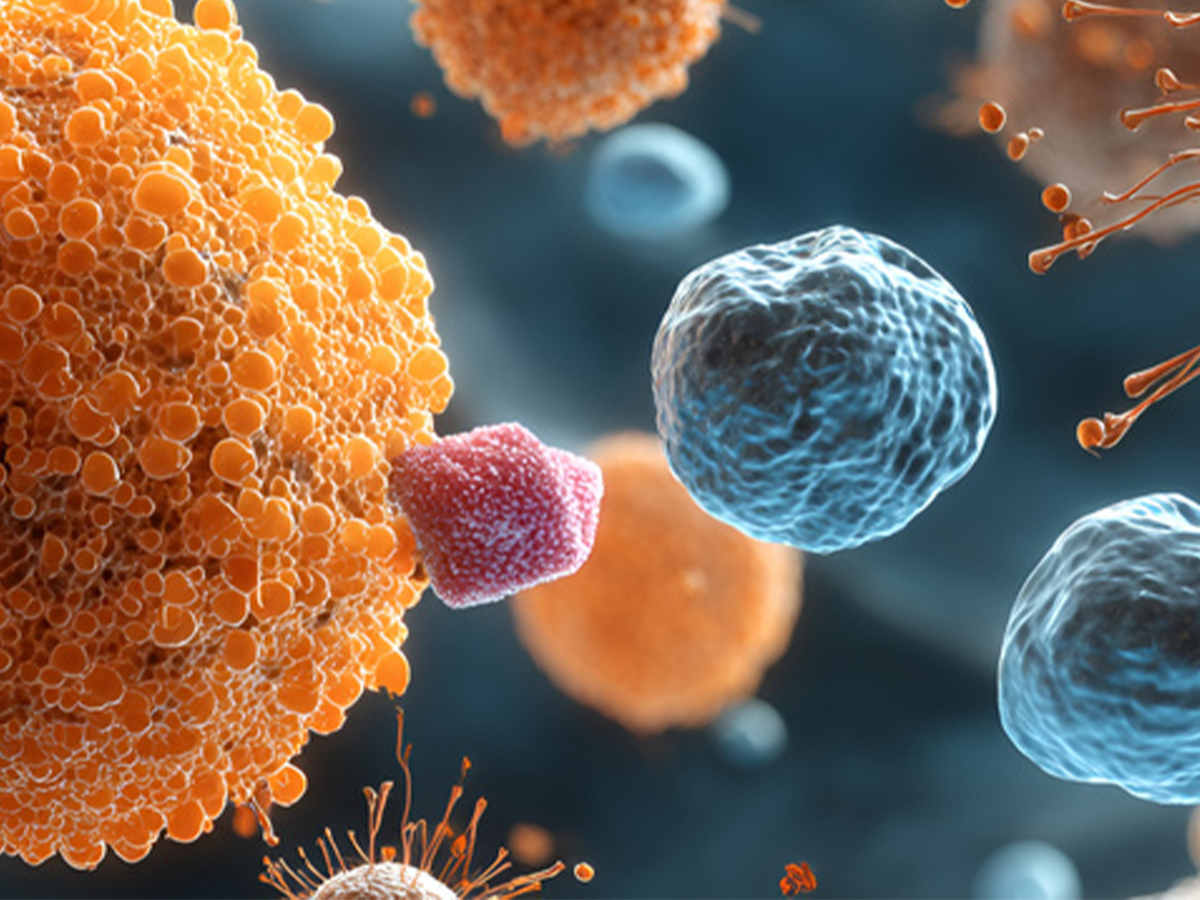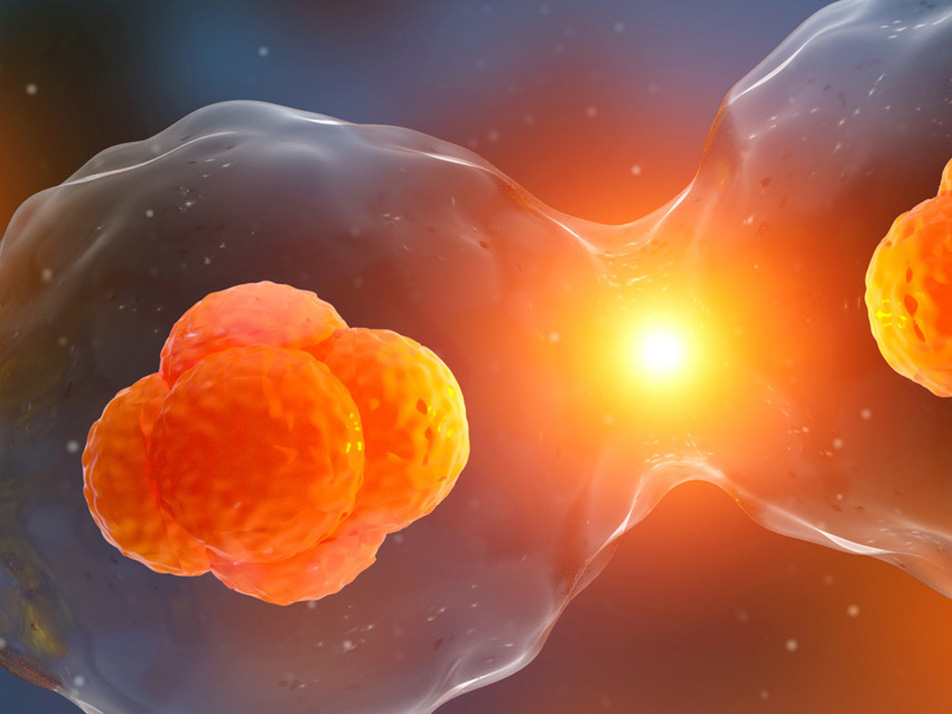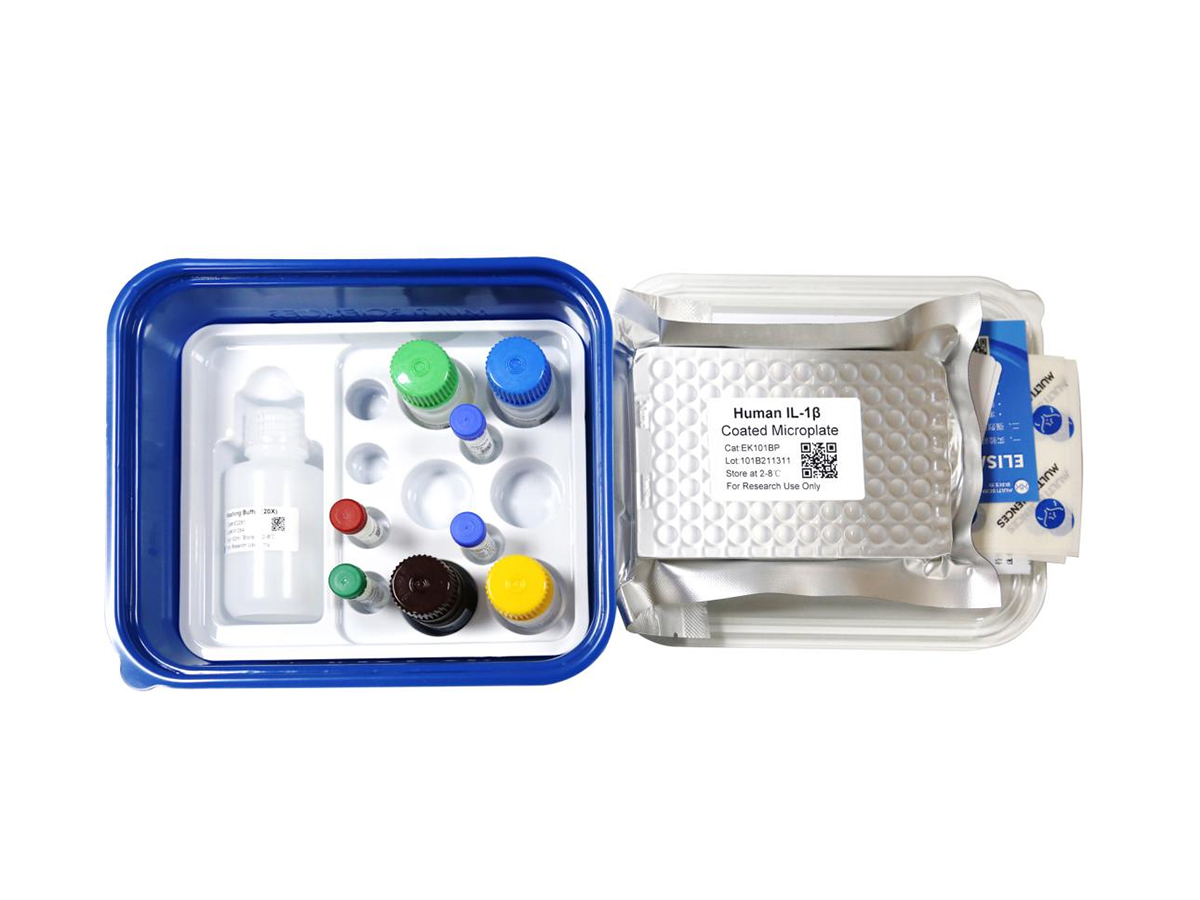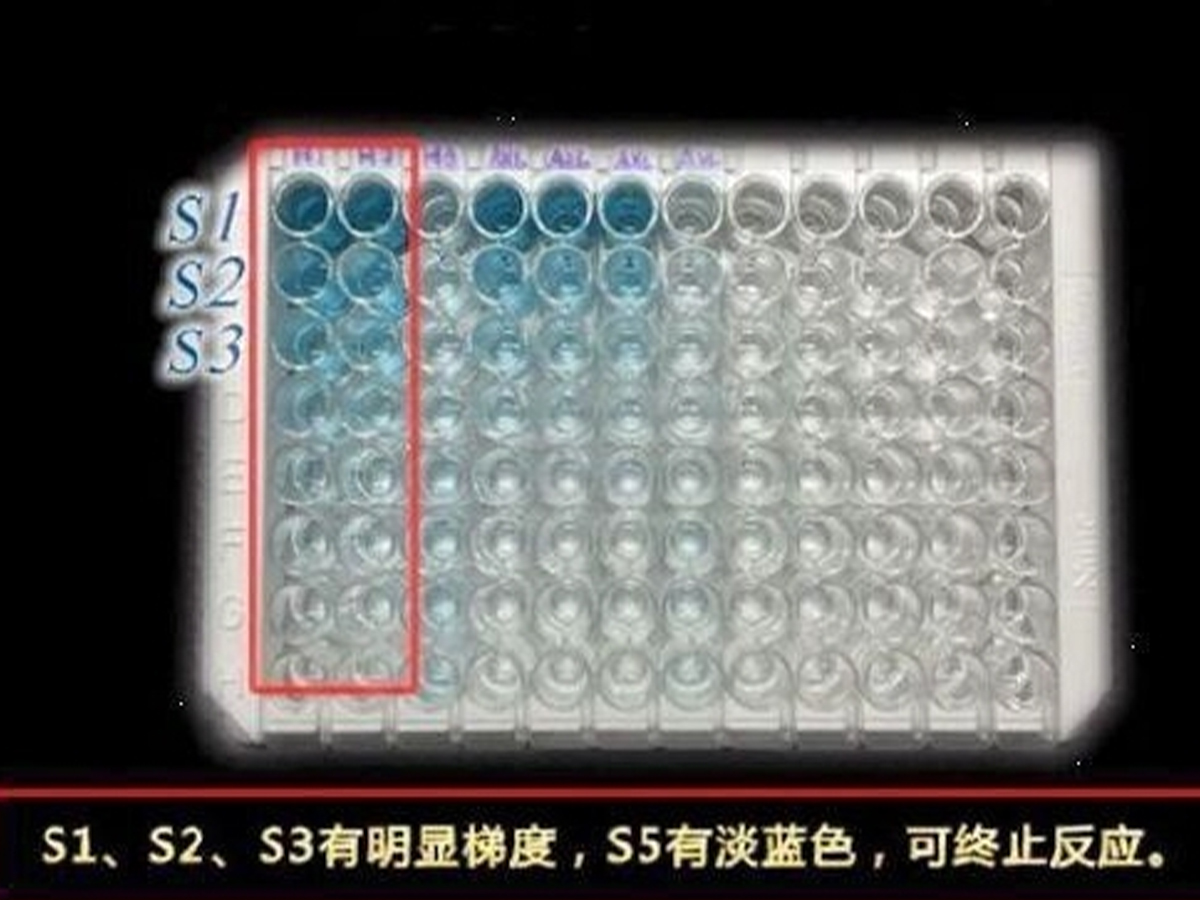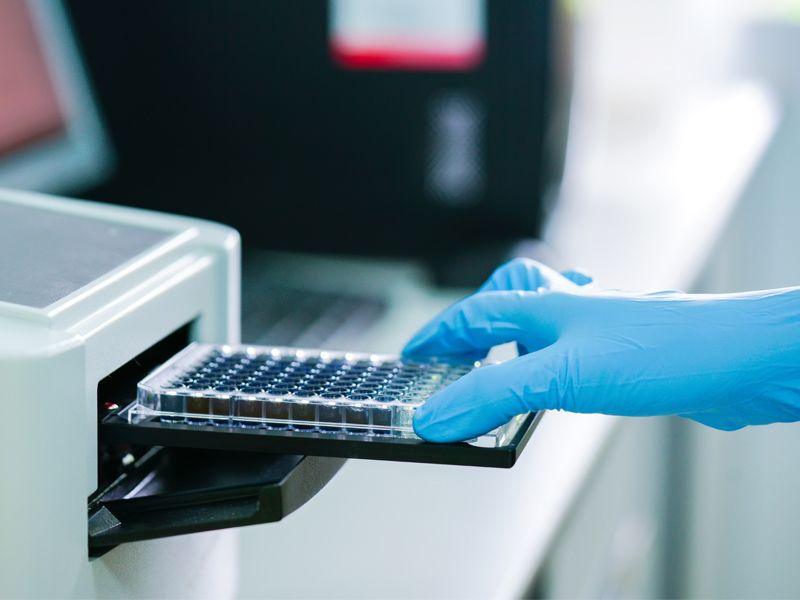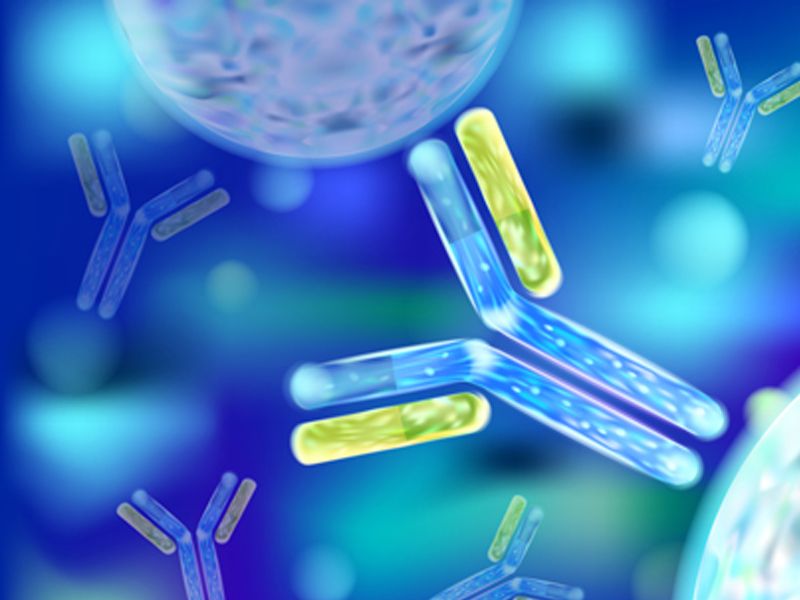EK1265S
Human CXCL3/GRO-γ Standard (人趋化因子 (C-X-C基序) 配体3 (CXCL3/GRO-γ) 标准品)
¥280.00
- 分子靶点:CXCL3, MIP-2b, GRO3, GROg
- 种属:人 (Human)
- 试剂盒:EK1265
- 保存:短期4℃保存,长期-20℃保存
- 运输条件:4℃蓝冰运输
在售SKU:70-EK1265S
文章目录[隐藏]
本产品只包含标准品试剂,如需购买试剂盒请点击下图
-
- EK1265
- ELISA试剂盒
Human CXCL3/GRO-γ ELISA Kit检测试剂盒(酶联免疫吸附法)
- ¥1,600.00 – ¥2,650.00
| 商品名 |
Human CXCL3/GRO-γ Standard (人趋化因子 (C-X-C基序) 配体3 (CXCL3/GRO-γ) 标准品) |
|---|---|
| 组分 |
人CXCL3/GRO-γ冻干标准品 |
| 板式 |
管 |
| 保存 |
短期4℃,长期-20℃保存 |
| 运输条件 |
4℃蓝冰运输 |
分子信息
概述人 CXCL3, MIP-2b, GRO3, GROg 靶点信息
CXCL3 分子靶点信息概述
- 分子名:CXCL3, C-X-C motif chemokine ligand 3
- 基因家族:Chemokine ligands
- 别名:SCYB3; GROg; MIP-2b; CINC-2b
- 曾用名:GRO3
- 全称:GRO3 oncogene; chemokine (C-X-C motif) ligand 3
CXCL3 分子靶点综述
CXCL1、CXCL2和CXCL3,分别称为GRO alpha, GRO beta (MIP-2 alpha) 和GRO gamma (MIP-2 beta),是趋化因子的CXC亚家族成员。成熟的CXCL1/2/3蛋白与B型IL-8受体高度亲和结合,是有效的中性粒细胞吸引剂和活化剂。趋化因子主要作用于白细胞,调节其运输。一般来说,趋化因子α家族成员优先趋化并激活中性粒细胞。重组人生长调节致癌基因γ(GRO-γ)是一种7.9kDa蛋白质,由73个氨基酸组成,包括与CXCR1或CXCR2结合的CXC趋化因子家族共有的“ELR”基序。成熟的人CXCL3 (aa 35-107)与小鼠和大鼠CXCL3的氨基酸序列同源性分别为70%和74%。CXCL3通过与CXCR2受体的相互作用,在单核细胞迁移和粘附中起着关键作用。
人 Human CXCL3 分子靶点信息
- 分子名:CXCL3, C-X-C motif chemokine ligand 3
- 别称:
- C-X-C motif chemokine 3
- chemokine (C-X-C motif) ligand 3
- CINC-2b
- GRO-gamma
- GRO-gamma(1-73)
- GRO3
- GRO3 oncogene
- GROg
- growth-regulated protein gamma
- macrophage inflammatory protein 2-beta
- melanoma growth stimulatory activity gamma
- MGSA gamma
- MIP-2b
- MIP2-beta
- MIP2B
- SCYB3
- 基因序列:NCBI_Gene: 2921
- 蛋白序列:UniProtKB: P19876
人 Human CXCL3靶点分子功能(预测)
Predicted to enable CXCR chemokine receptor binding activity and chemokine activity. Involved in antimicrobial humoral immune response mediated by antimicrobial peptide and killing of cells of other organism. Located in extracellular space.

